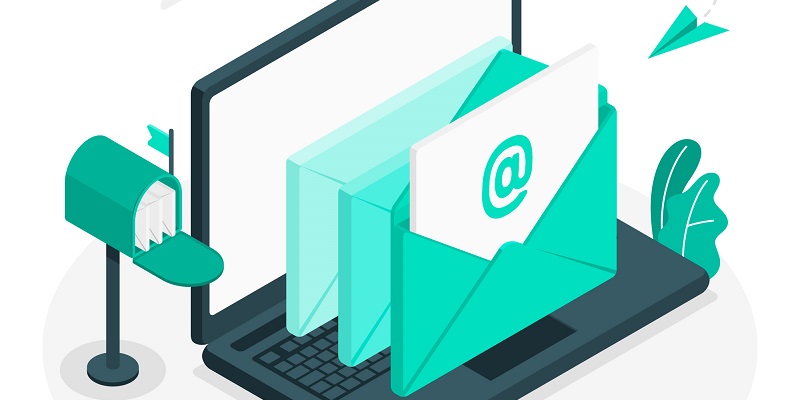Email marketing has been a game-changer for businesses of all sizes, allowing them to connect with their audience in a direct and impactful way. In recent years, drip email campaigns have emerged as a popular and effective way to deliver automated, targeted, and relevant messages to subscribers over a specified period of time. In this article, we will explore the benefits of drip email campaigns, their effectiveness compared to non-automated emails, revenue potential, how to create one, tricks to craft compelling subject lines, personalization tips, creating effective CTAs, and testing and optimizing your campaign.
Benefits of Drip Email Campaigns
Drip campaigns can help you achieve your marketing goals and build strong relationships with your subscribers by nurturing leads, educating prospects, onboarding new customers, and increasing customer retention. Drip campaigns use automation to send messages based on specific triggers or schedules, giving you more control over your email marketing strategy.
Drip campaigns help to increase engagement among subscribers by keeping them engaged with specific email messages tailored for them, and at the same time keeping your email list clean by removing inactive users. Through targeted messaging, you can improve the likelihood of conversions and achieve successful engagement from your email marketing campaigns.
Effectiveness of Automated Emails
Automated email messages have an average open rate of 29.9%, compared to 18.3% for non-automated emails. By automating your campaigns, your subscribers are sure to receive personalized, relevant, and well-timed messages. This not only improves the chances of your email campaign being opened, but also increases the likelihood of your recipients clicking through to your site.
Revenue Potential of Segmented Email Campaigns
Did you know that segmented email campaigns can increase revenue by up to 760%? The main advantage of a segmented campaign is that it allows you to hone in on specific audiences and craft a message for their specific interests. This can help improve the email open rate as there is a higher chance that the content is relevant to the subscriber. This, in turn, leads to not only click-throughs but also conversions.
Creating Your Drip Email Campaign
The first step to any email marketing campaign is identifying your audience and goals. Create your campaign with your subscribers in mind, addressing their specific needs or desires, and create a sequence of emails that will best fulfill them. Choose an automation tool that can help you make the most of your efforts, such as Mailchimp or HubSpot. The tool should allow you to schedule and send automated emails based on specific triggers or schedules while monitoring subscriber engagement throughout.
Crafting Compelling Subject Lines and Preview Text
The subject line and preview text are the first things that your subscribers will see in their inbox, so it’s crucial to make them compelling and attention-grabbing. Keep your subject line to 50 characters or less to increase the likelihood of being opened. Use personalization to tailor your message and make your readers feel welcome every time they see your email. Preview text is another important component you can use to your advantage. Ensure it is relevant to the subject line and further entices the reader to open.
Personalizing Your Emails for Increased Engagement
Personalization is key to making your subscribers feel valued and engaged. You can use a subscriber’s name or other data to personalize the content in your emails and make it more personal. This might include product or service recommendations based on previous purchases, reminders of abandoned shopping carts, or even creating content based on the subscriber’s specific interests.
Utilizing clear and effective CTAs (Call To Action) is the easiest way to encourage action. This can be achieved in the form of linking to blog posts, encouraging a purchase, or signing up for an offer. Adding a sense of urgency to your message spurs users to click. Action verbs are usually stronger than neutral, passive verbs.
Testing and Optimizing Your Drip Email Campaign
To ensure maximum efficiency, it’s important to continuously test and optimize your drip email campaign. Run A/B or split tests to find out what works for your specific audience. Test the best time of day to send emails, the effectiveness of specific CTAs, or the effectiveness of different versions of subject lines.
Drip email campaigns are quickly becoming a must-have in any email marketing strategy. With endless opportunities to connect with your audience, including personalized messaging and optimized CTAs, you can make your marketing campaigns work for your business. With commitment, patience, and attention to data, you can create a customized, well-targeted email marketing campaign that best serves your business needs. Start small, test and optimize to create the perfect drip email campaign.

